Support material testing and equipment testing
Focus on R & D and manufacturer of plasma cleaning machine for 20 years

Low-temperature plasma technology effectively improves the blood tissue compatibility of biomedical materials:
In biomaterials, in addition to satisfying specific functions, biocompatibility is essential. Biocompatibility is divided into blood compatibility and histocompatibility. The former is the degree to which substances and blood adapt to each other, and the latter is the ability of substances and tissues other than blood to adapt to each other. Many experiments have shown that low-temperature plasma technology can indeed effectively improve the blood compatibility and tissue compatibility of biomedical materials.
1. Blood compatibility:
An important requirement that the material transplanted into the organism needs to meet is that it can be compatible with blood without causing blood coagulation, toxicity, and immune response. This is a blood compatible material. After the surface of the material comes into contact with blood, the plasma protein is first adsorbed on the surface of the material, and then undergoes a series of biological effects, and then irreversibly aggregates in the platelets to form a thrombus.
2. Histocompatibility:
"Histocompatibility" refers to the degree of compatibility between body tissues and foreign objects. It has two meanings: one is the body's response to foreign objects; the other is the impact of foreign objects on the body. The body instinctively rejects foreign objects. Even if the non-toxic polymer enters the body, any foreign substances will inevitably be rejected, leading to different degrees and different times of reaction. The decisive factor for biological acceptance of polymer materials is the chemical stability of the polymer material itself, and the affinity of the polymer material to biological tissues.
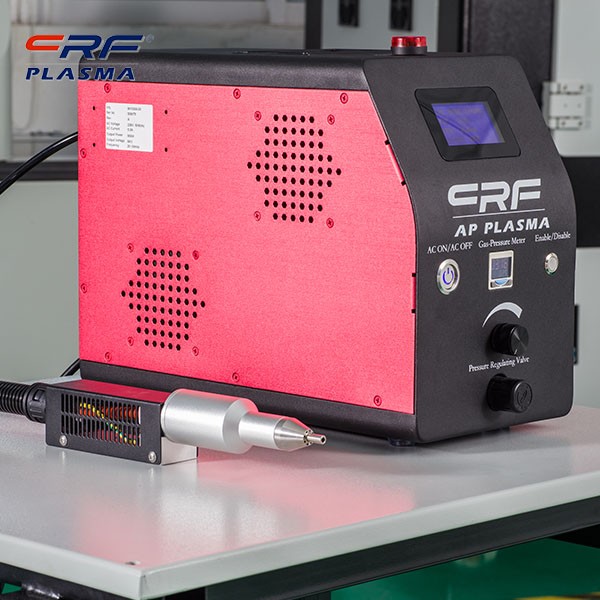
In addition, it is required that the material does not have an adverse effect on the substrate, such as causing inflammation, allergies, and teratogenic reactions. The objects involved in histocompatibility are tissues and cells. Like hemocompatibility macromolecules, the synthesis of histocompatibility macromolecules is also based on its hydrophobicity, hydrophilicity, microphase separation structure and surface modification.
At present, many domestic units are using plasma surface treatment technology to actively carry out surface modification and surface film synthesis research on biomedical materials to solve the anti-coagulation, biocompatibility, surface hydrophilicity, and anti-calcification of polymers. And key technical issues such as cell growth and inhibition of adsorption.
Due to the unique advantages of low-temperature plasma surface treatment technology, it is being widely used in the fields of surface modification of biological materials and surface film synthesis.

CRF-VPO-4L-S
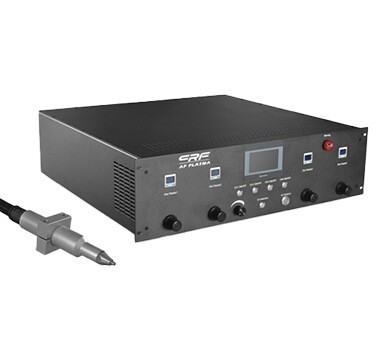
CRF -APO-IP-XXHD-DXX
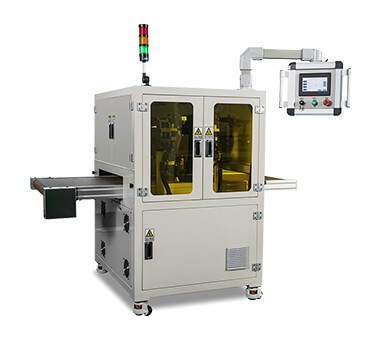
CRF-APO-500W-C
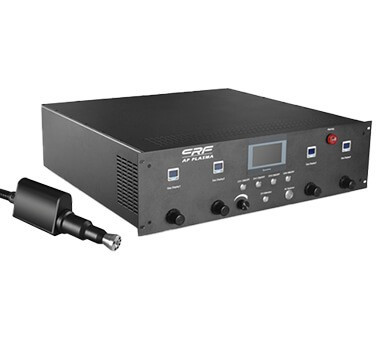
CRF-APO-IP-XXHD-RXX

CRF-APO-RP1020-D
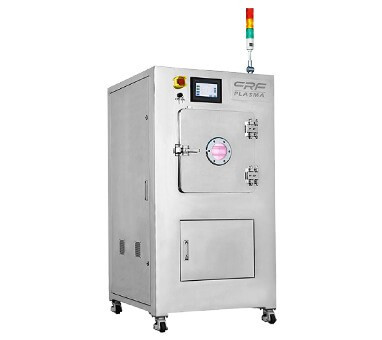
CRF-VPO-8L-M
Research on the modification effect of various high-energy particles of oxygen plasma on the surface of bamboo charcoal
more >The function and process value of the equipment of Chengfeng Zhizhi plasma processor manufacturer to process masks
more >The NGTi-based TIO2 film becomes very dense, smooth and hydrophilic after the etching process of the Ar plasma cleaner
more >The plasma cleaner manufacturer introduces the difference between magnetic binding fusion and inertial binding plasma
more >Plasma PCB cleaning machine PCB faces greater challenges in materials and process technology
more >The improvement of low-temperature plasma surface treatment machine on the surface bonding effect of PTFE materials
more >